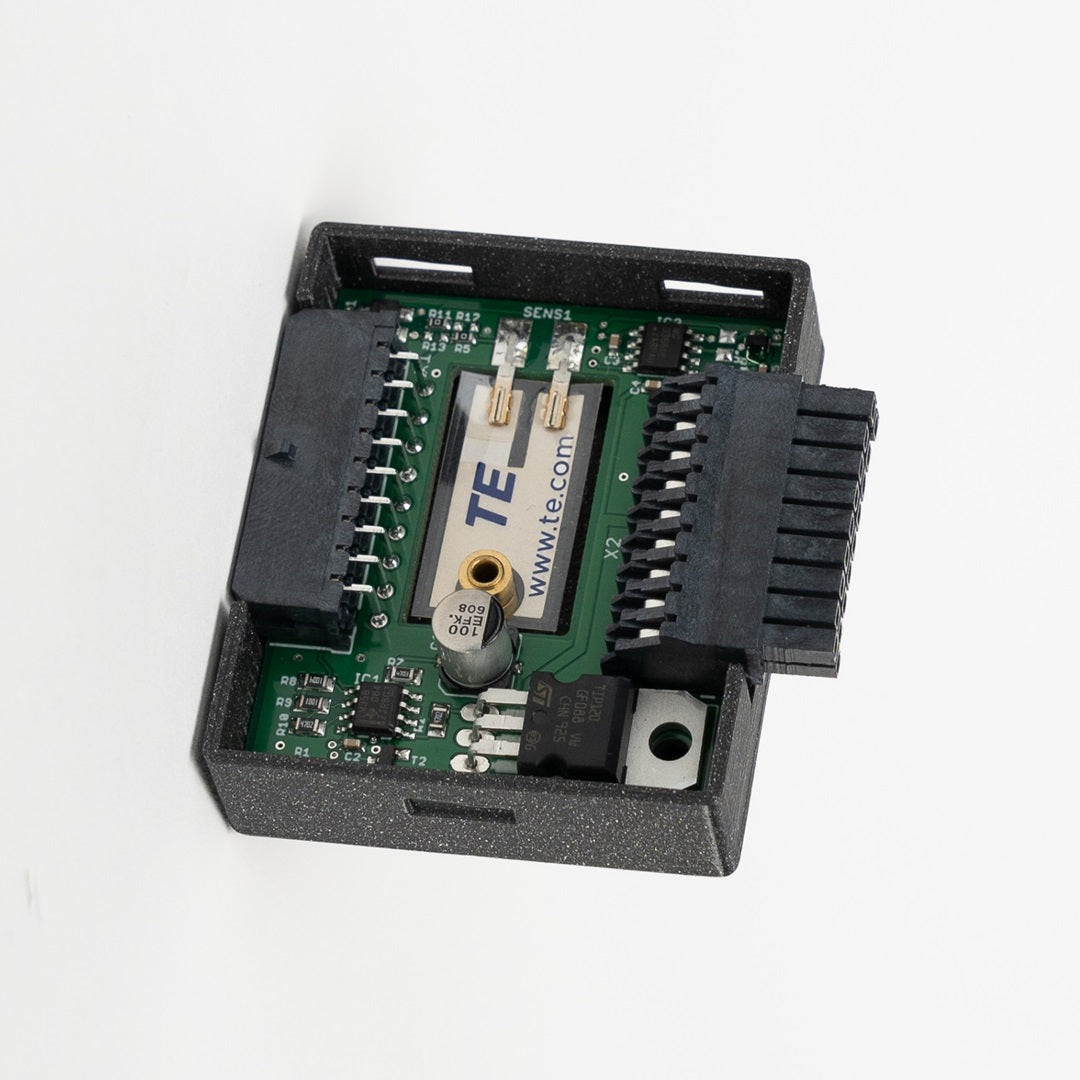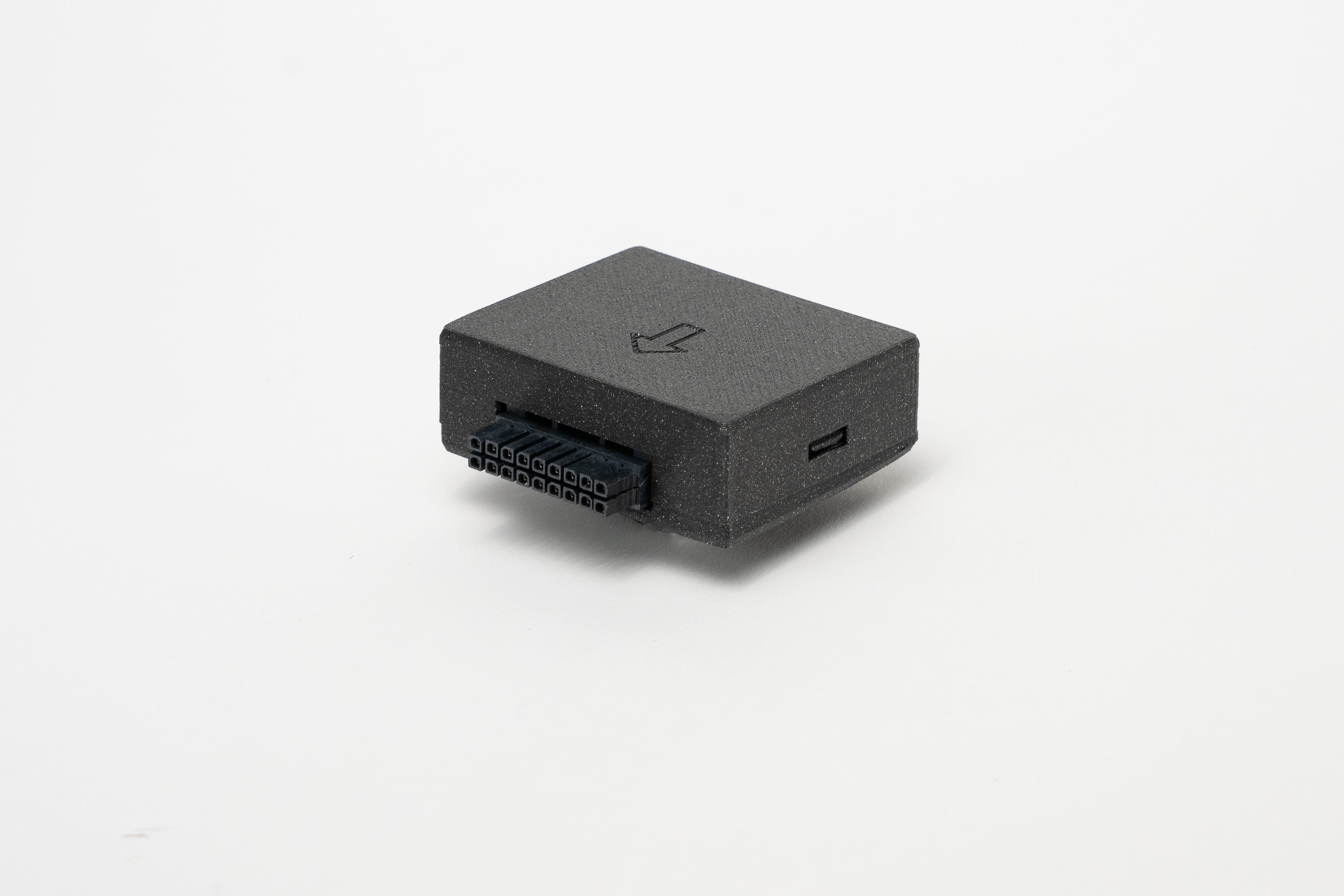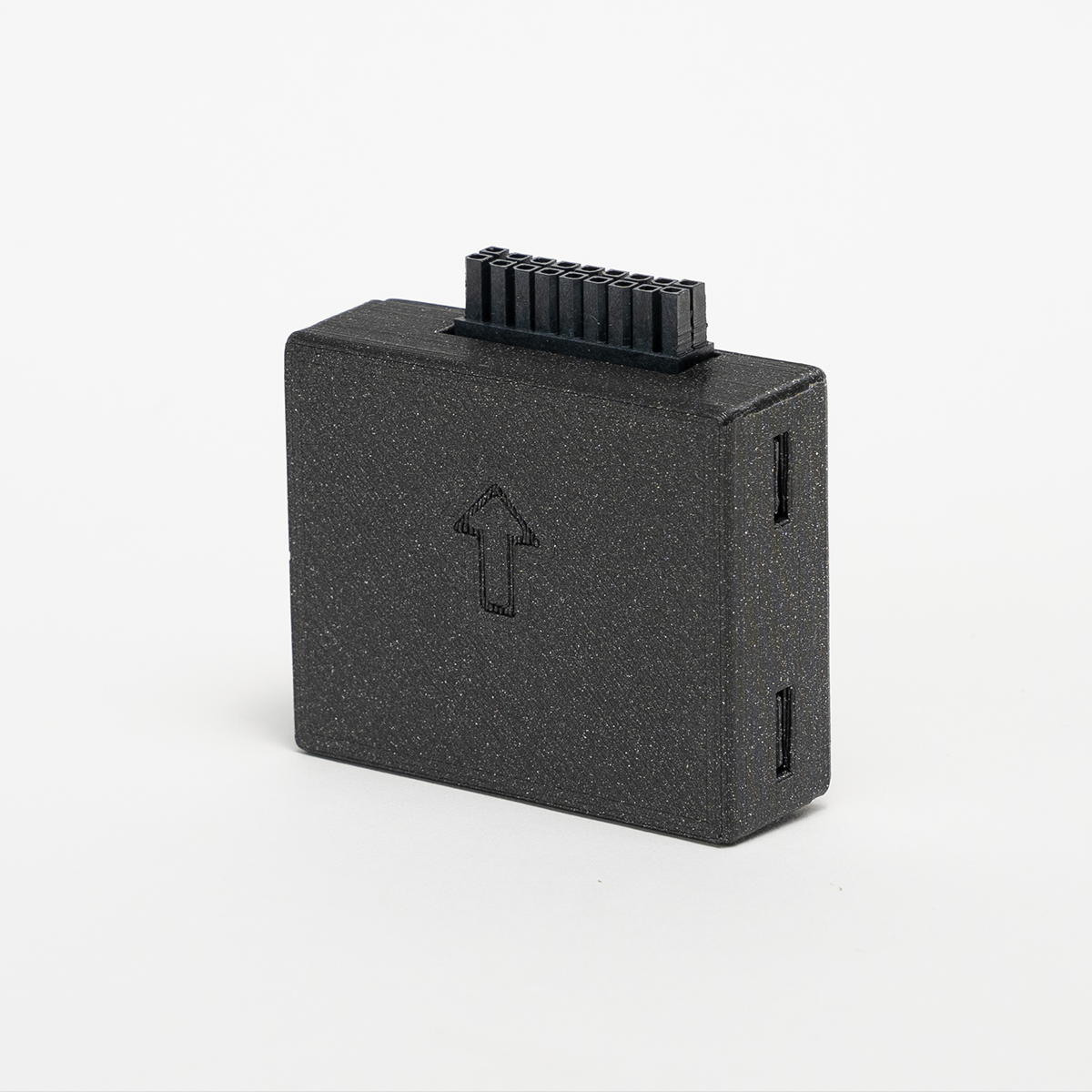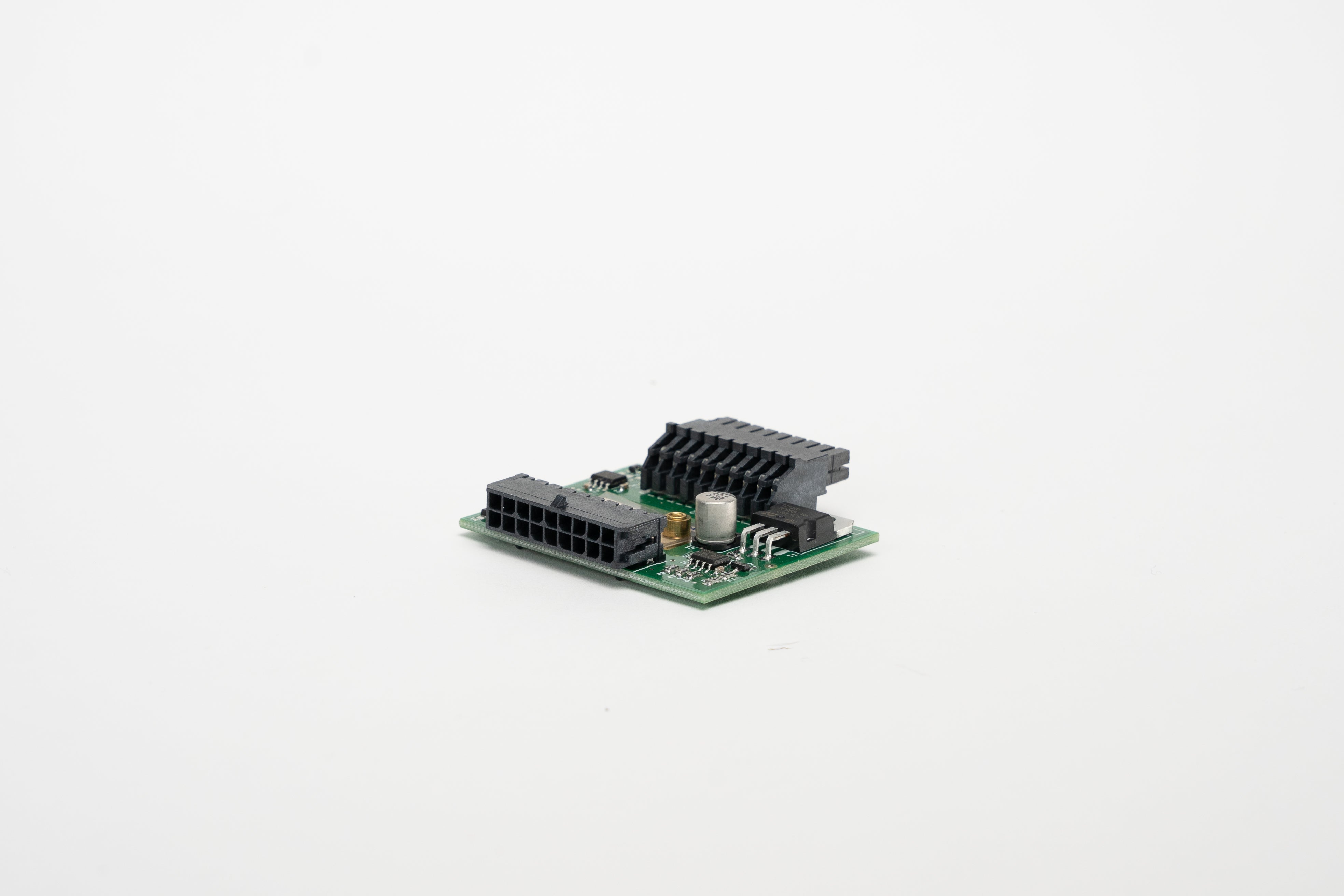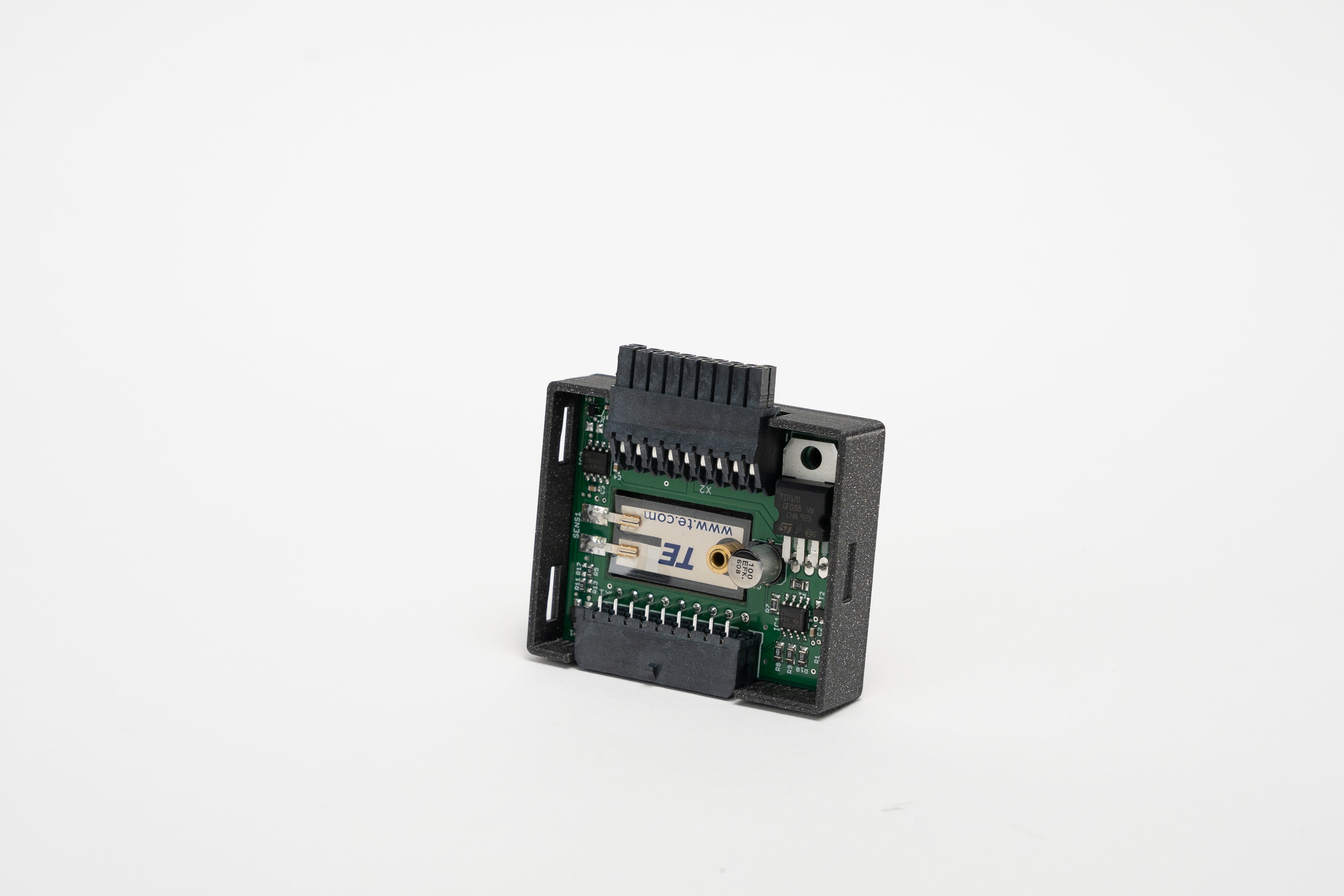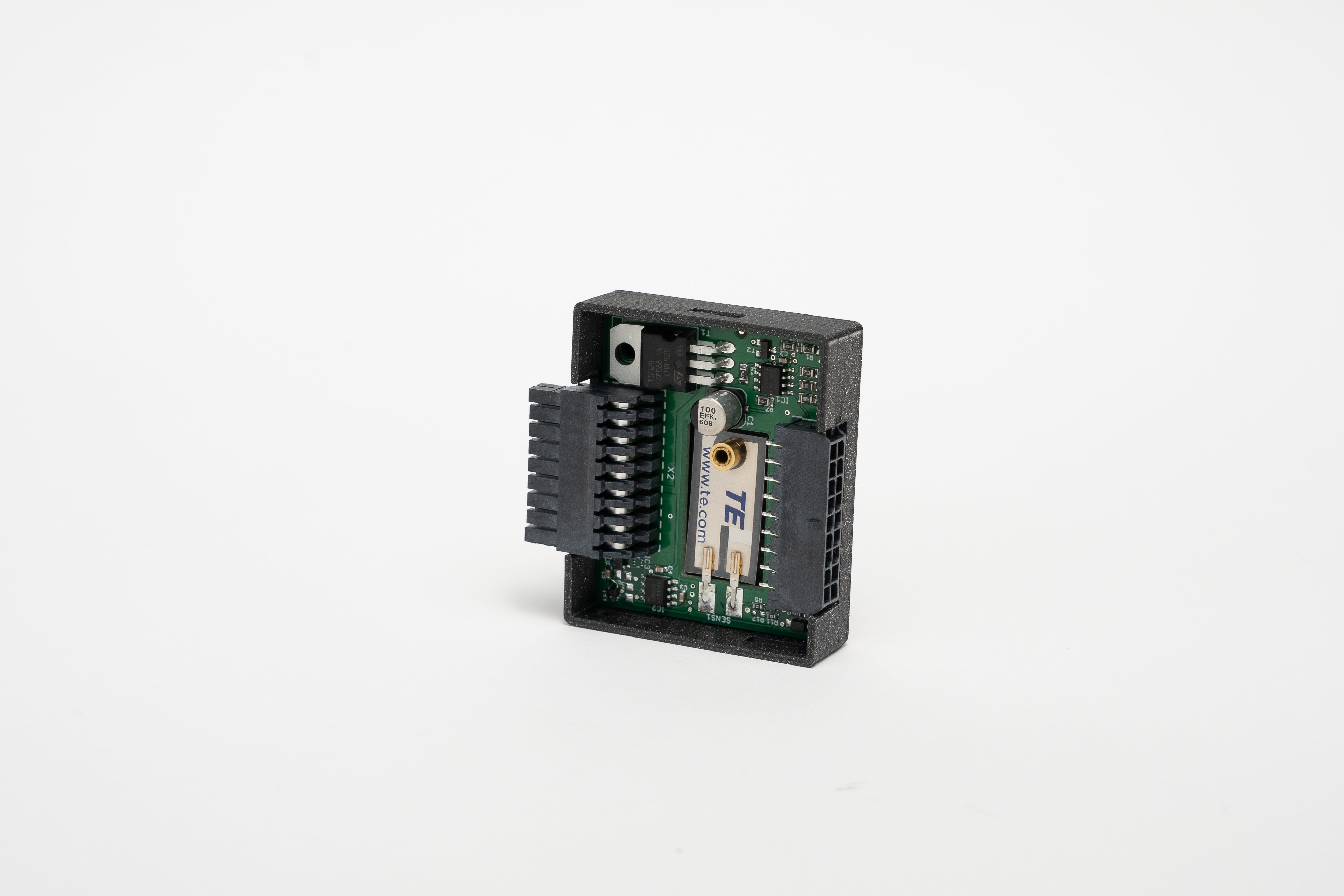Storage:
Store Li-ion batteries at room temperature (approx. 20–25 °C) in a dry and well-ventilated area.
Avoid direct sunlight, moisture and high temperatures (> 45 °C).
If batteries are not to be used for a long period of time, store them at approximately 50–70% charge.
Load:
Use only the charger recommended by the manufacturer.
Do not charge the battery unattended, especially overnight.
Avoid overcharging and do not allow the battery to discharge completely (deep discharge).
Do not charge the battery at extreme temperatures (< 0 °C or > 45 °C).
Handling:
Avoid mechanical damage such as impacts, crushing or puncturing the battery.
Protect the contacts from short circuits. Transport batteries in suitable containers or with protective caps on the contacts.
Use the battery only in devices for which it is intended.
Driven:
If the battery is deformed, swollen, or damaged, stop using it.
Avoid contact with water, oil or other conductive liquids.
If the battery emits an unusual odor, smoke, or overheats, immediately move it to a fireproof area and discontinue use.
Disposal:
Do not dispose of Li-Ion batteries in household waste.
Dispose of defective or old batteries at a battery collection point or at a specialist retailer.
Emergency measures:
If a battery fire occurs, do not attempt to extinguish it with water. Instead, use sand, Class D fire extinguisher, or a flame-resistant cloth.
If possible, take burning or smoking batteries outside and keep your distance.
Allow damaged batteries to cool down in a fireproof container (e.g. metal box) before disposal.
